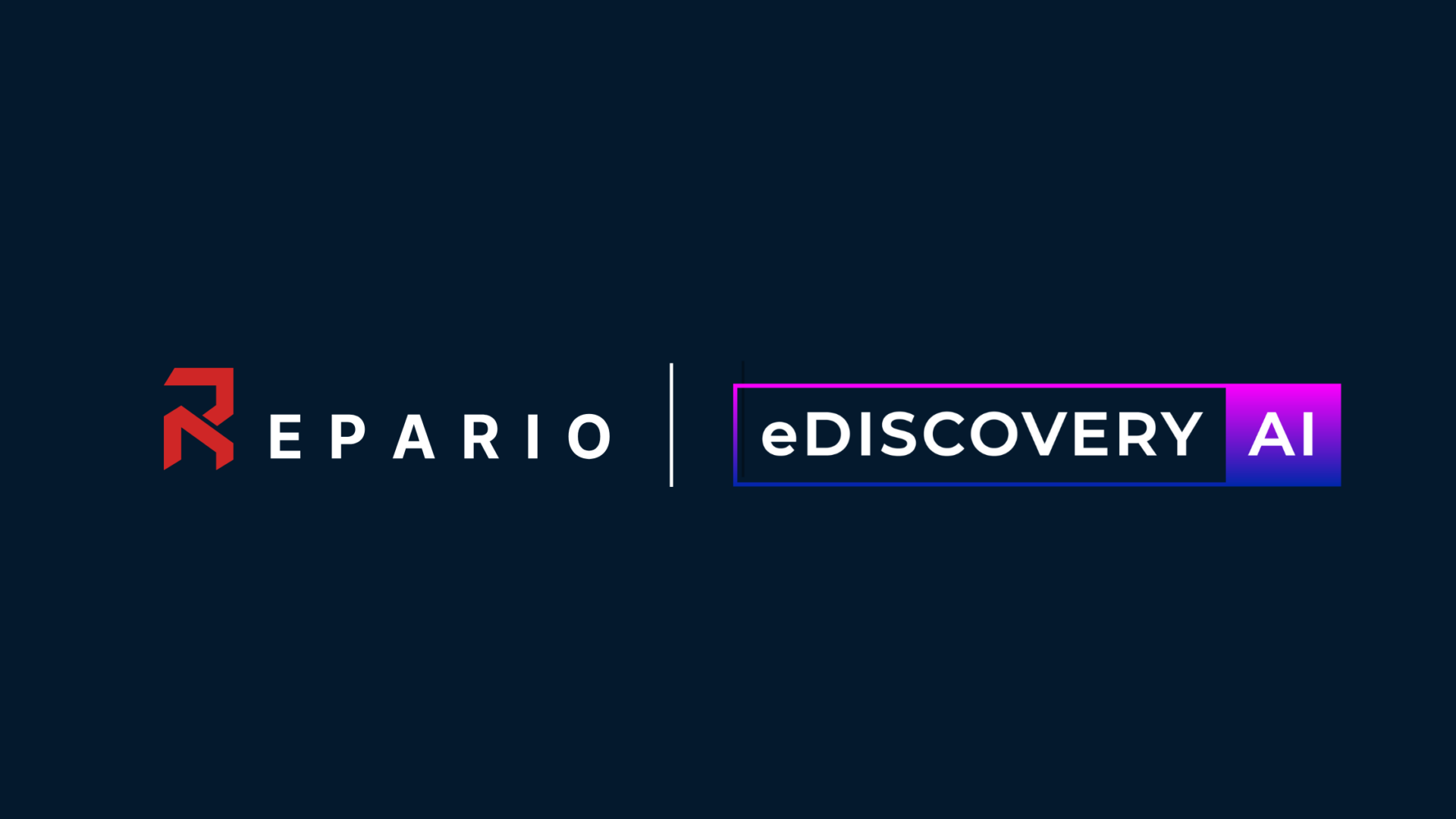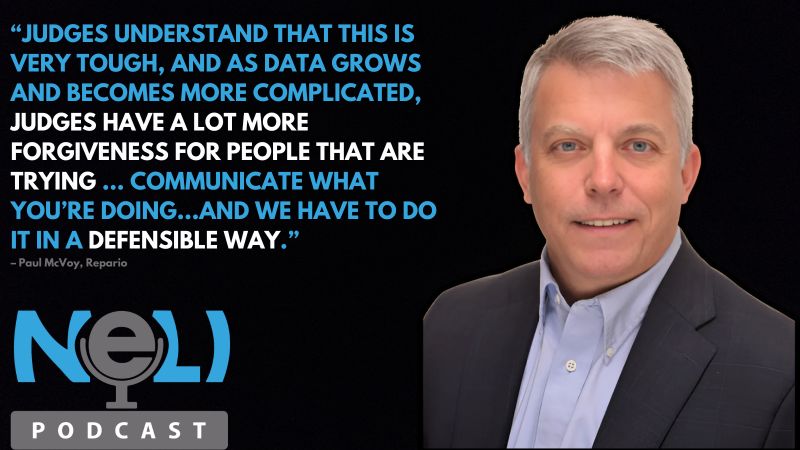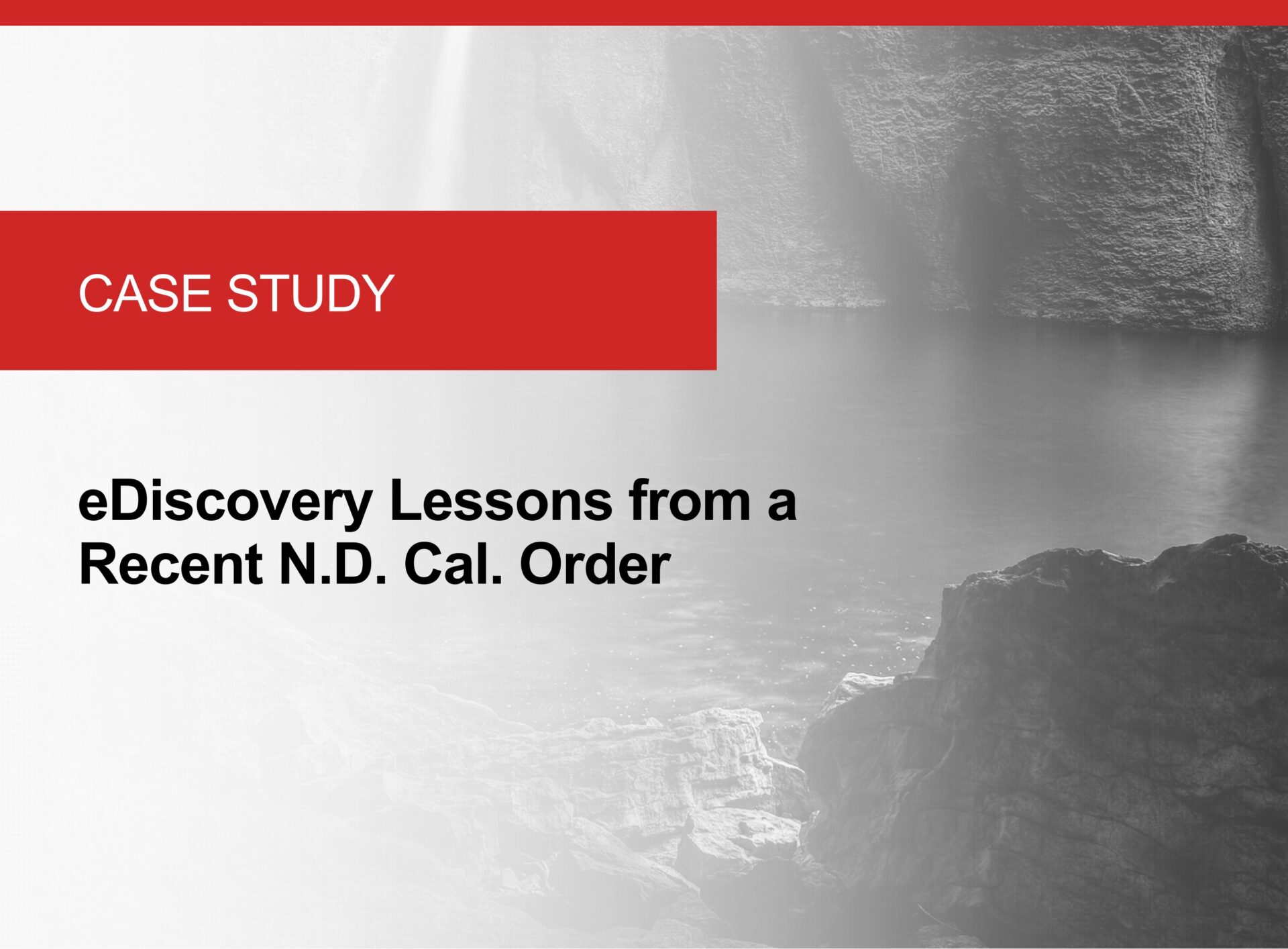Maximizing the Use of Social Media Data in eDiscovery

Social media has become a common source of evidence in legal proceedings and its importance in the eDiscovery process continues to grow. From identification, preservation, and collection to processing, analysis, and production, social media ESI has become a regular data source just as email and text messages are.
Here is a brief overview of how social media data is collected and used in litigation.
Identification of Relevant Accounts and Data Sources: The first step in the process is to identify the relevant data sources, including social media accounts. Social media accounts may contain relevant information, such as communications between parties, posts about events or experiences, or other forms of digital content that could be used as evidence in a legal case.
Preservation of Relevant Content: Once relevant social media accounts have been identified, it is important to preserve the content of those accounts. This involves taking steps to ensure that the data remains unchanged, and that the information is available for later use in the eDiscovery process. This can include steps such as taking screenshots of social media accounts, downloading relevant data, or using third-party tools to preserve the data.
Forensic Collection of Social Media Data: The next step is to collect and extract the relevant data from the social media accounts. This involves using specialized tools and software to search for relevant data, extract and preserve it, and prepare it for further analysis.
E-Discovery Processing and Analysis of Social Media Data: After the relevant data has been collected and extracted, it must be processed and analyzed. This step commonly involves using data processing workflows to reduce the data footprint prior to being loaded into a review platform.
Reviewing Social Media Data in Review Platform: Following processing ESI from social media accounts, the data is loaded into a review platform such as Relativity or Reveal. During this stage, attorneys will review and tag documents relevant to their case for production. Review is typically the most expensive stage of the EDRM which is why it is so important to defensibly reduce and filter data prior to hosting and review.
Production and Presentation of Relevant Social Media Data in Legal Proceedings:The next step in this process is to present the relevant data in a legal proceeding. This may involve presenting the data in a format that is easily understandable by the court. The data may also be used as evidence to support arguments or to challenge the arguments of the opposing party.
In conclusion, social media is a valuable source of information in legal proceedings and plays a significant role in the eDiscovery process. By identifying and preserving relevant social media accounts, collecting and processing data, and presenting it in a legal proceeding, eDiscovery practitioners can help ensure that social media is used effectively and efficiently in legal proceedings.




